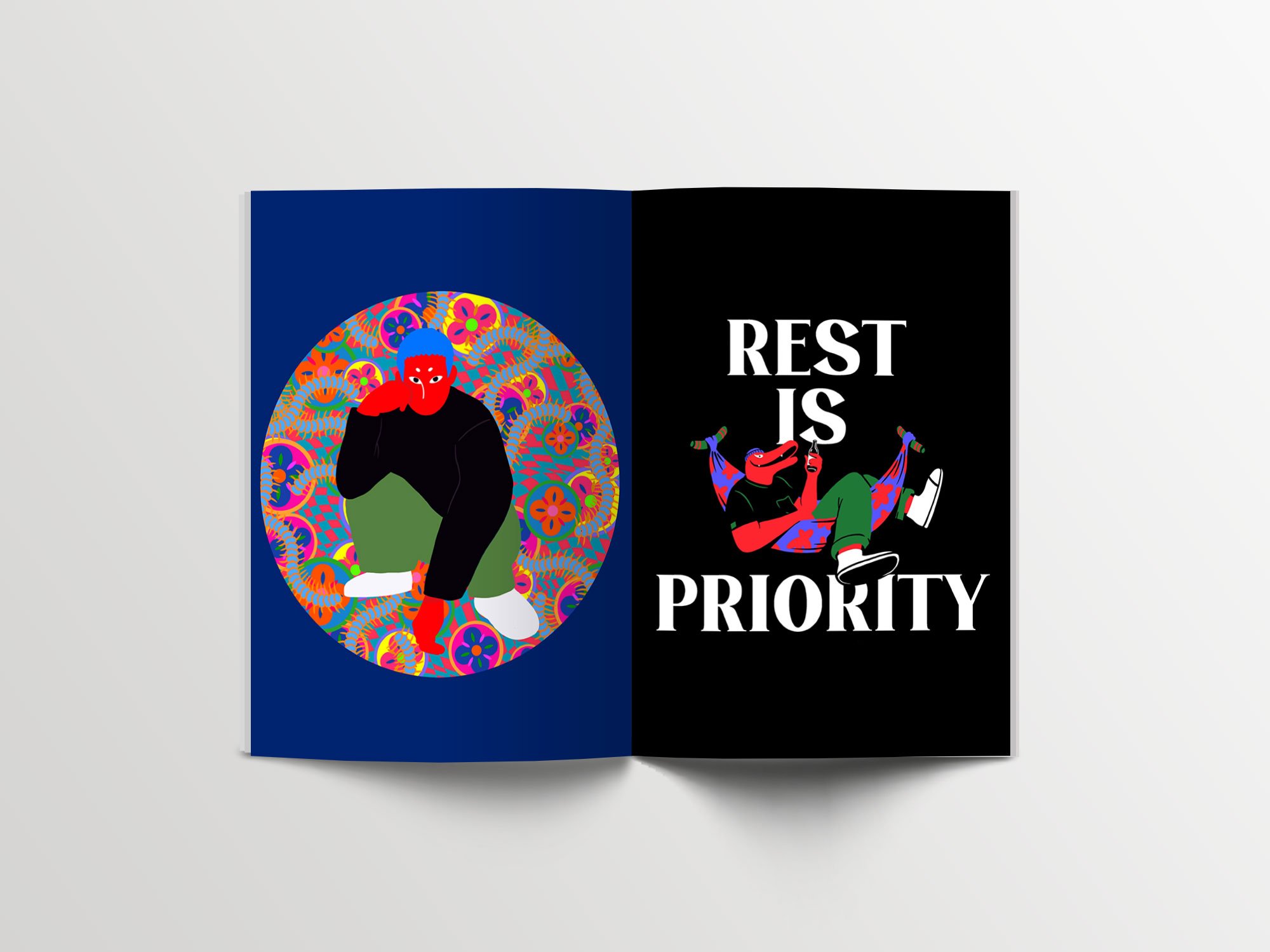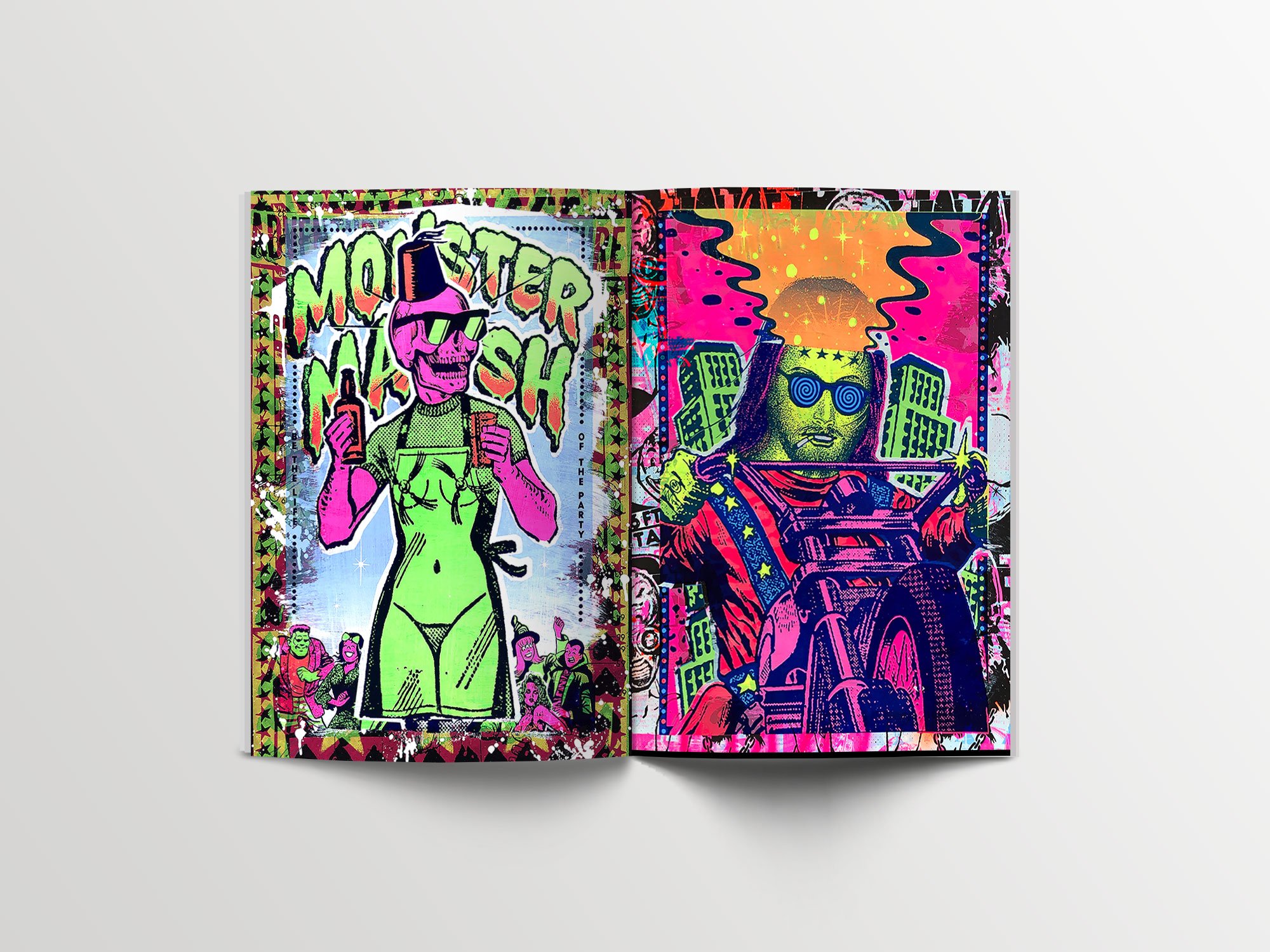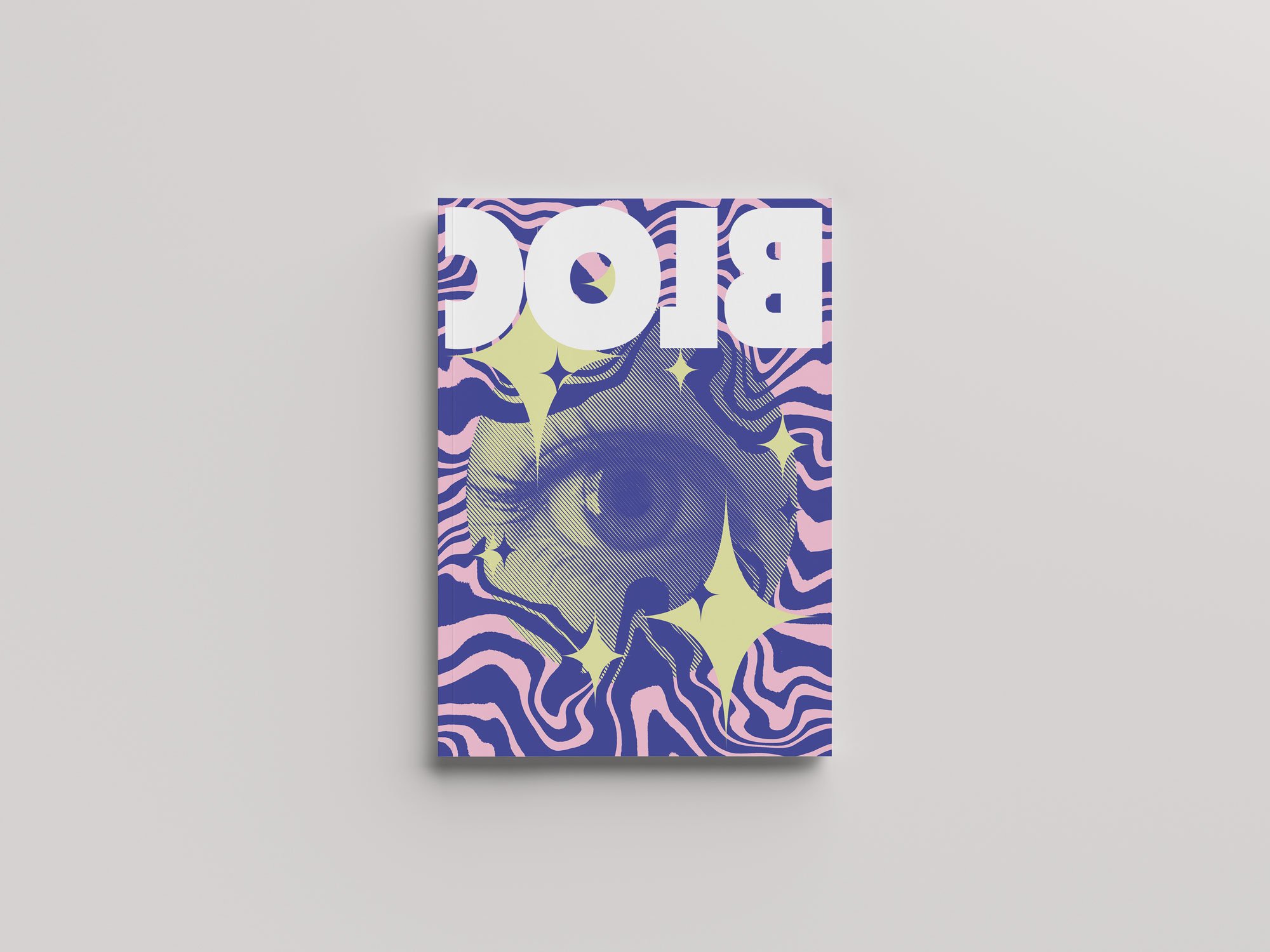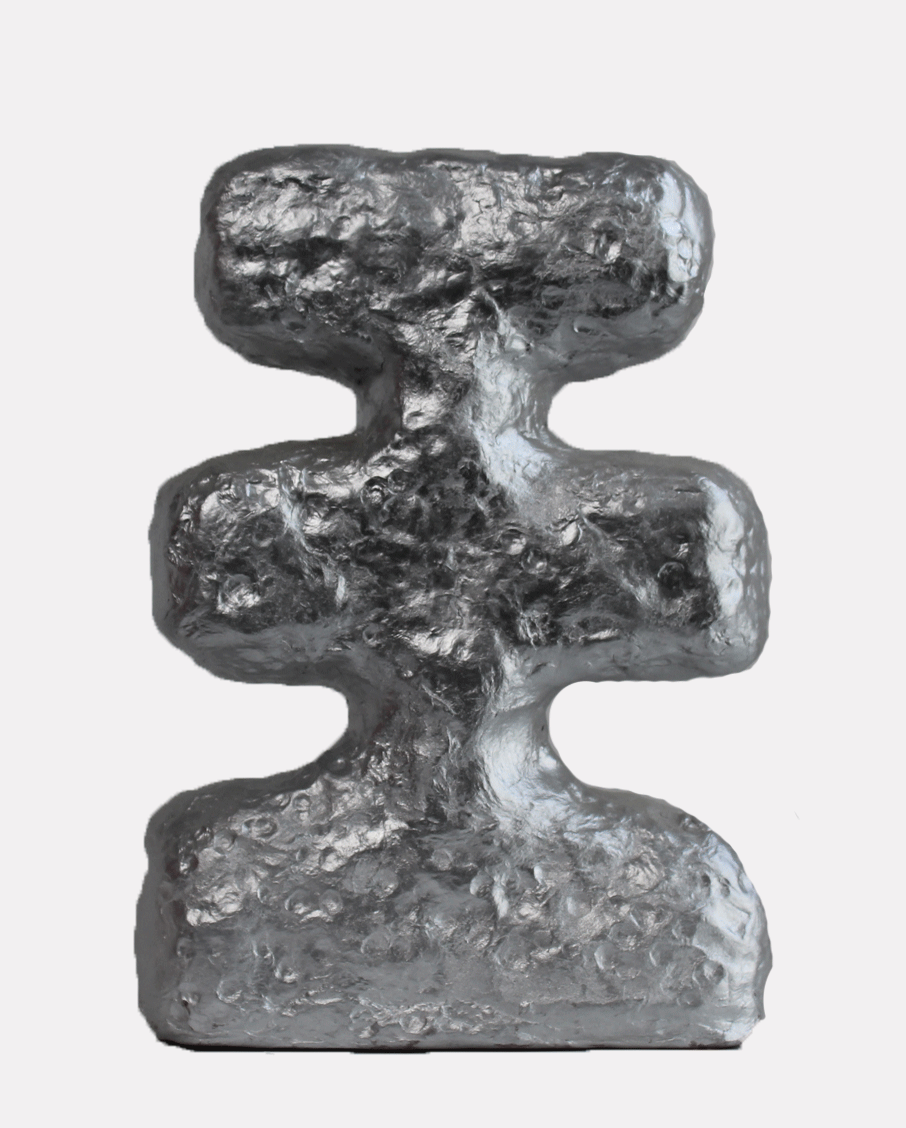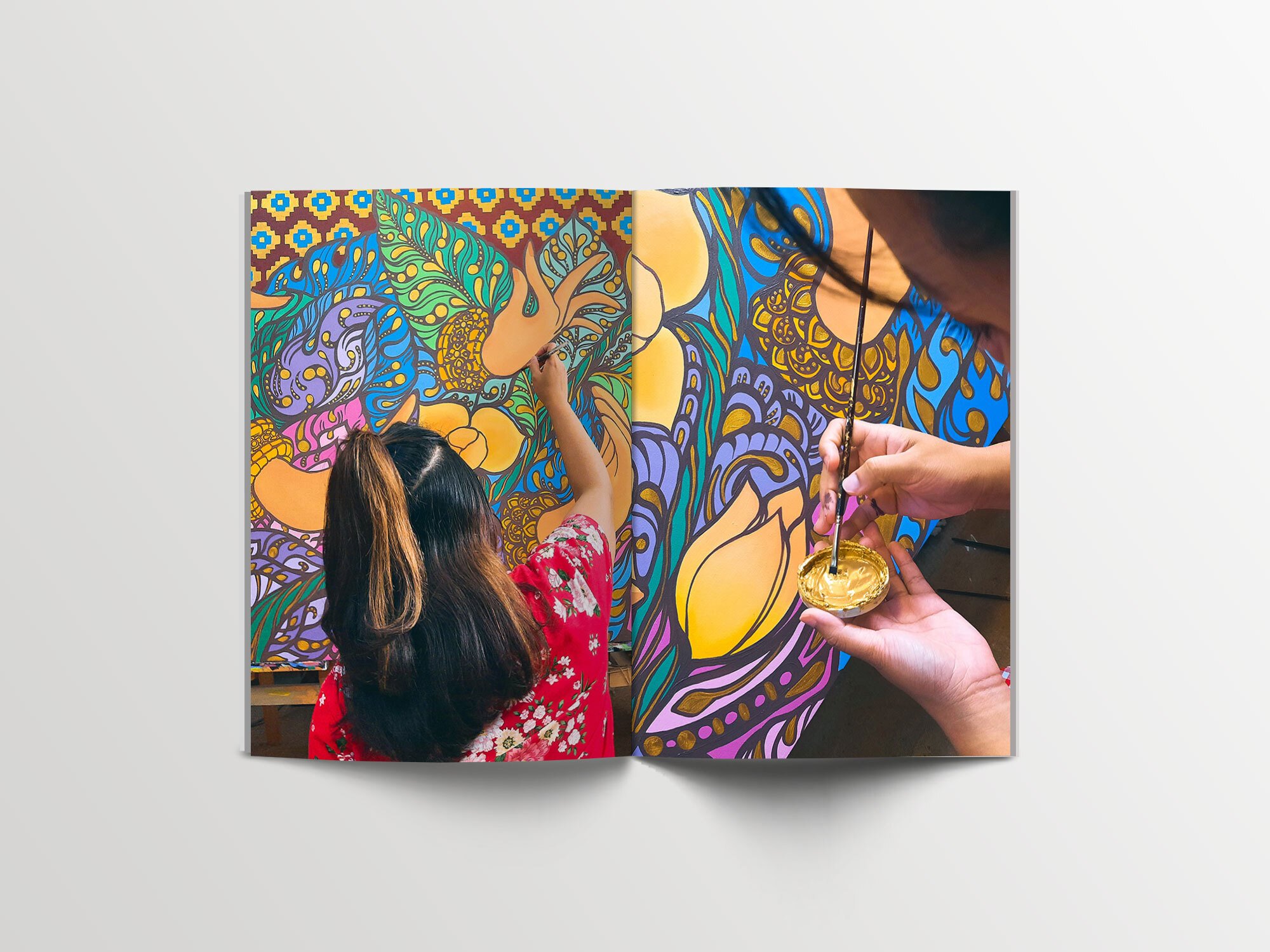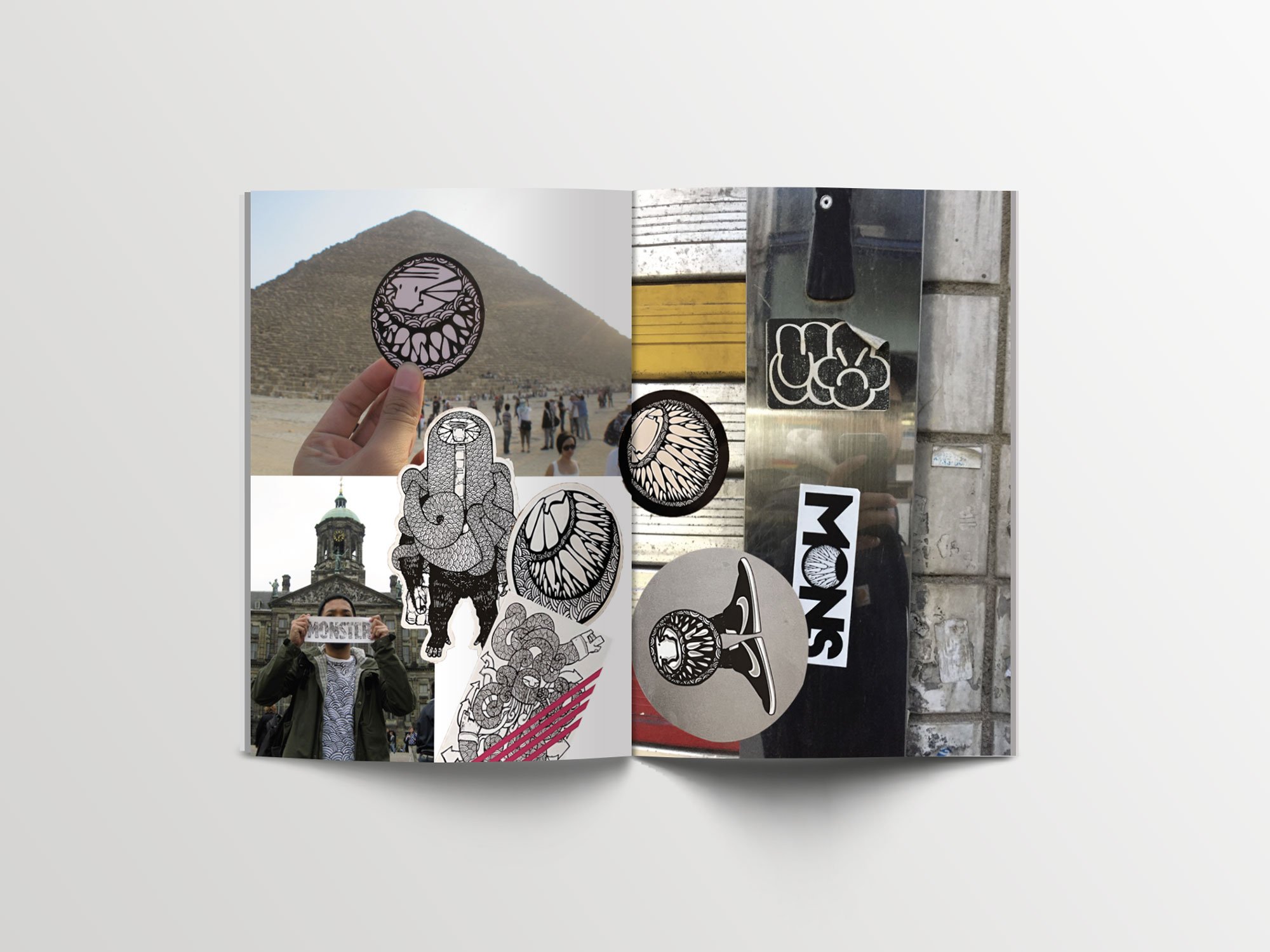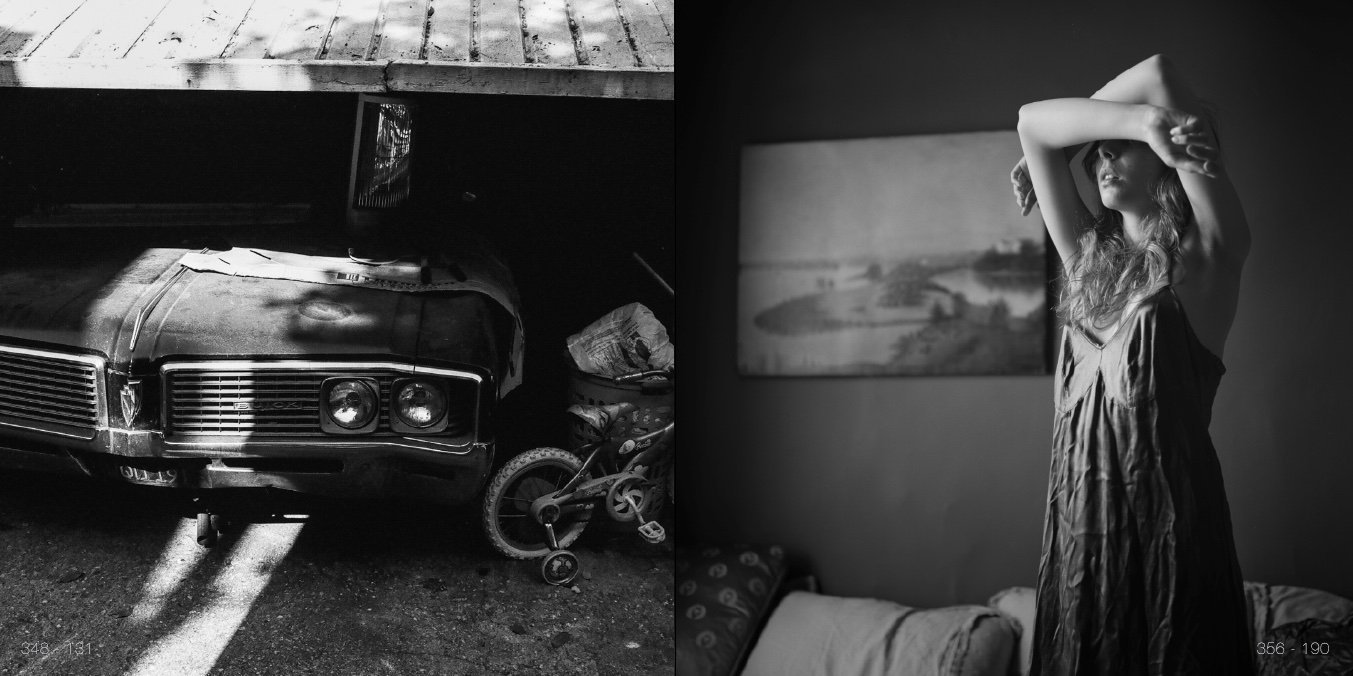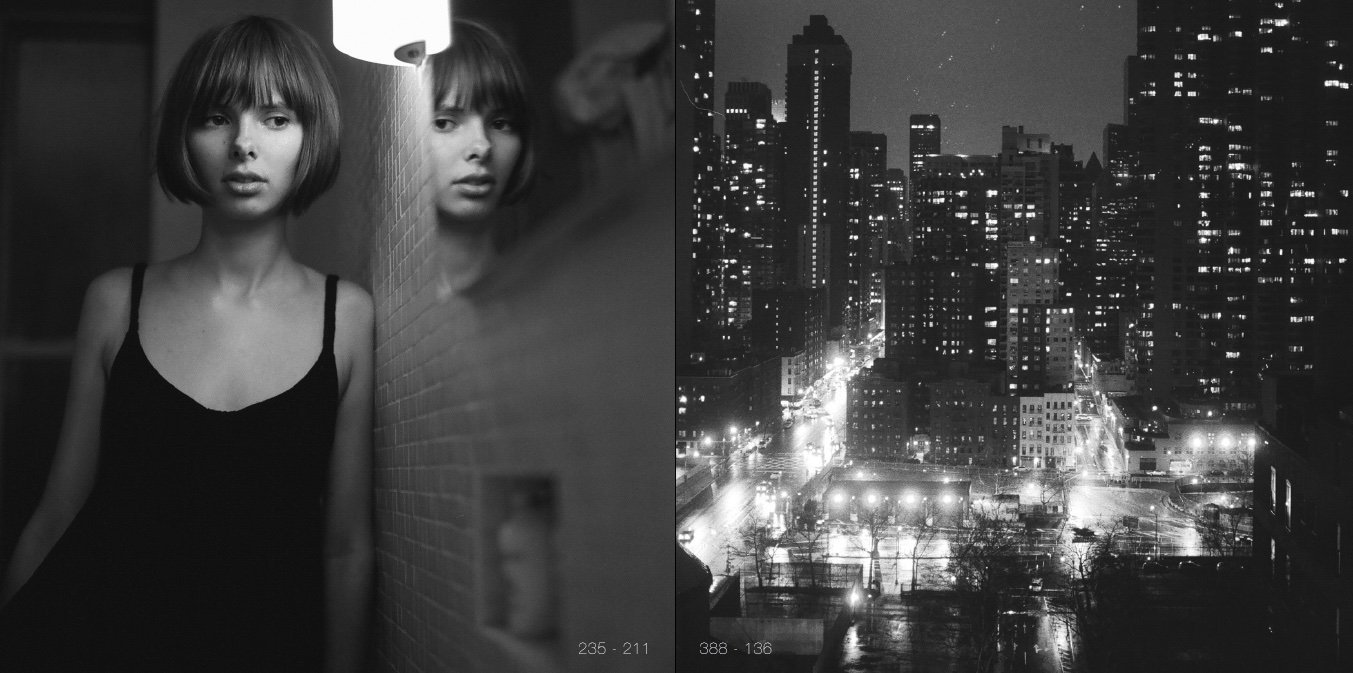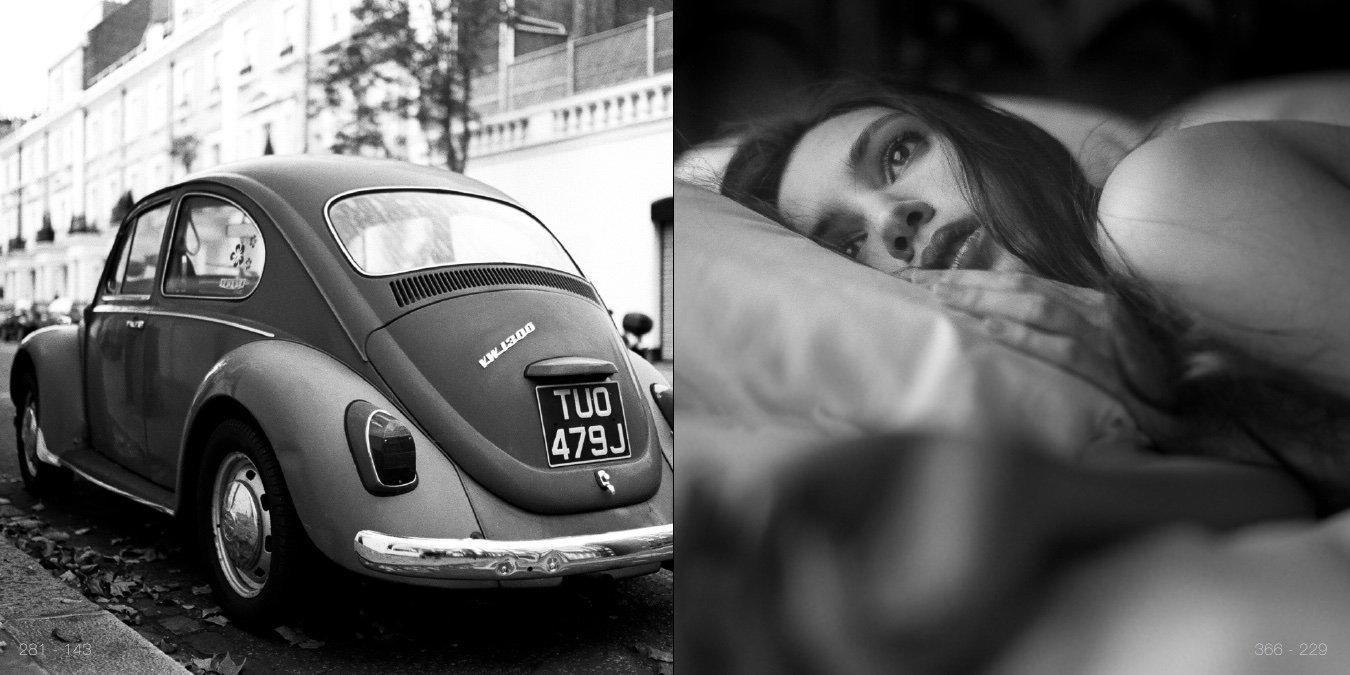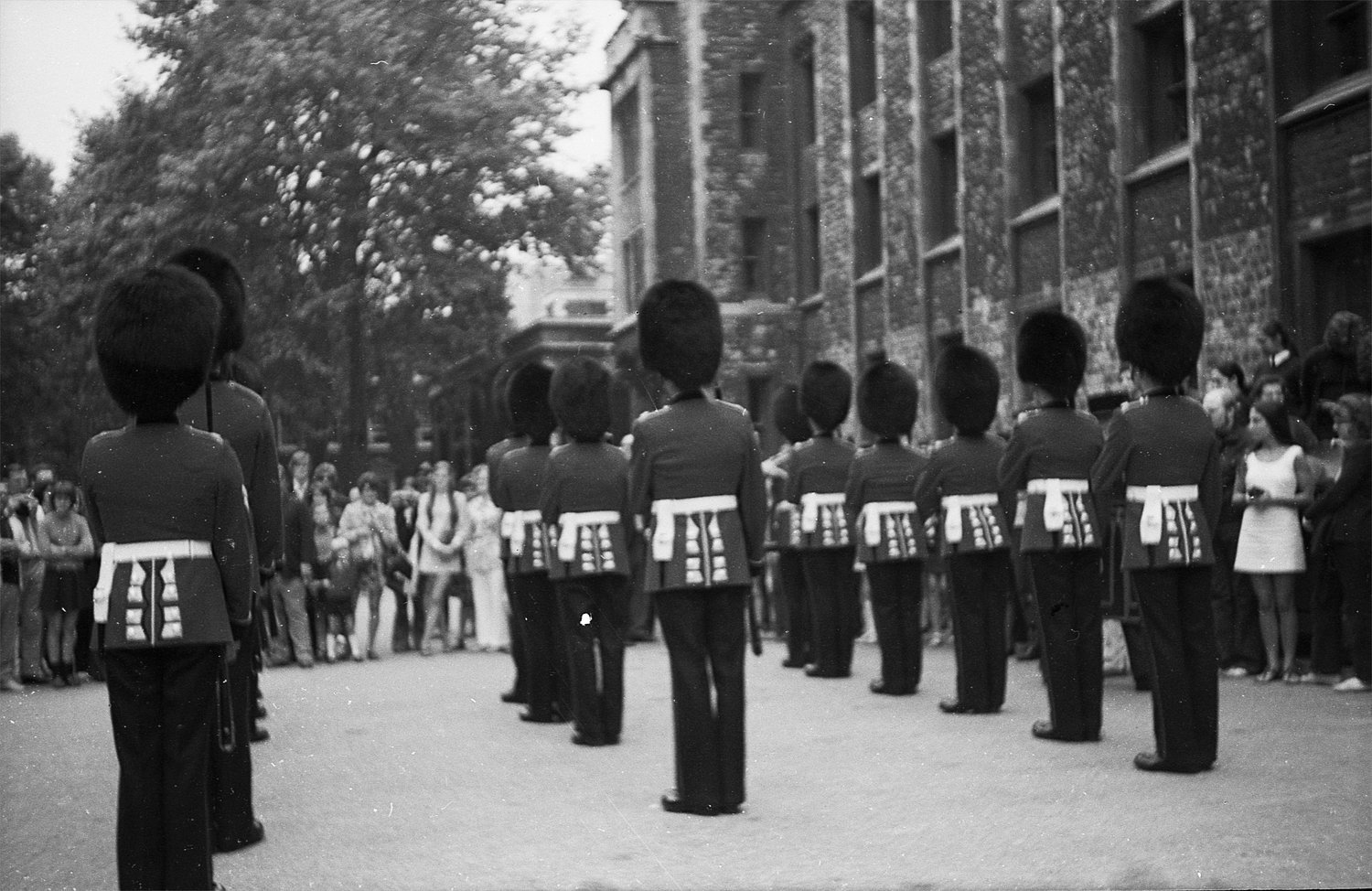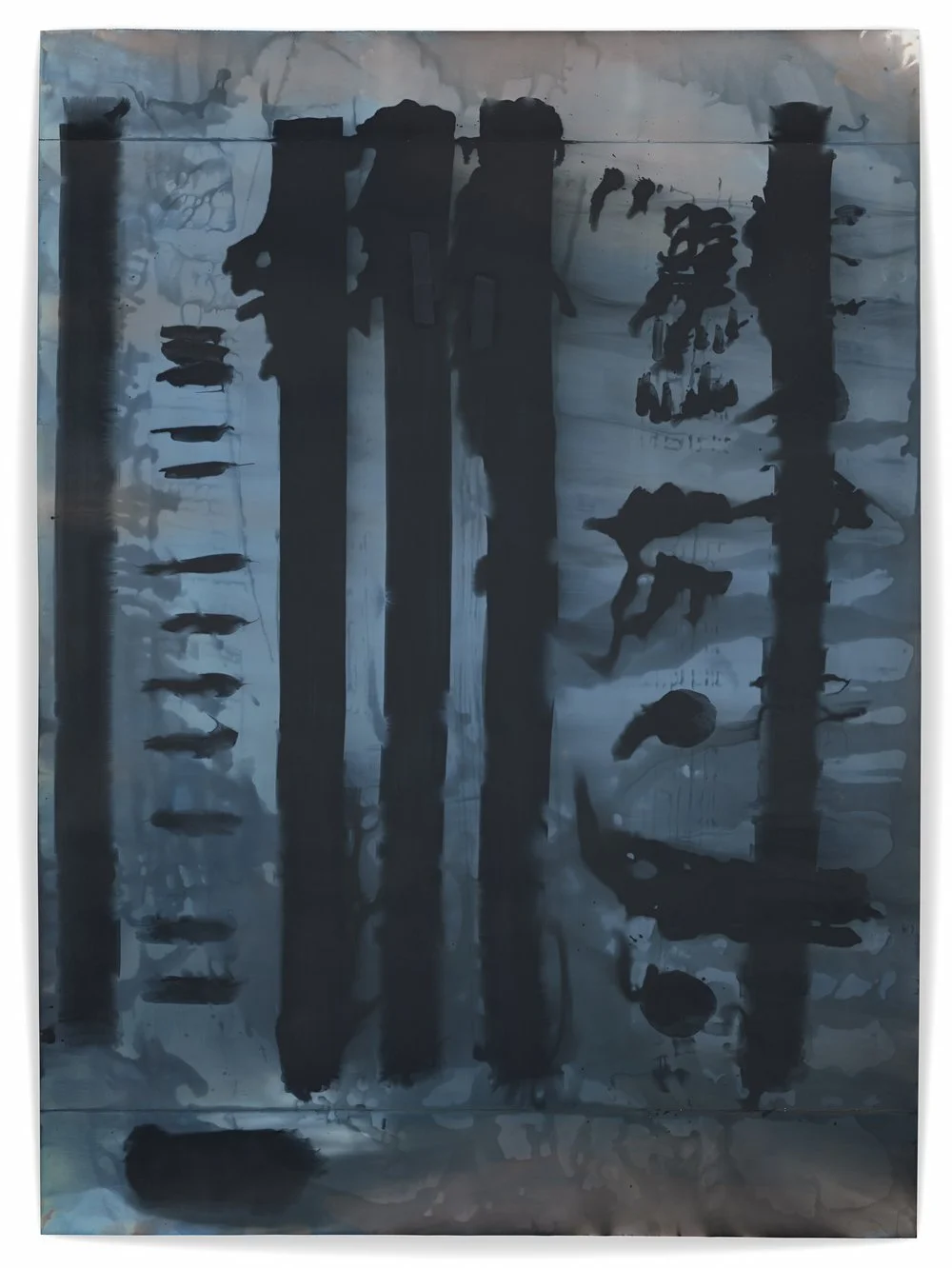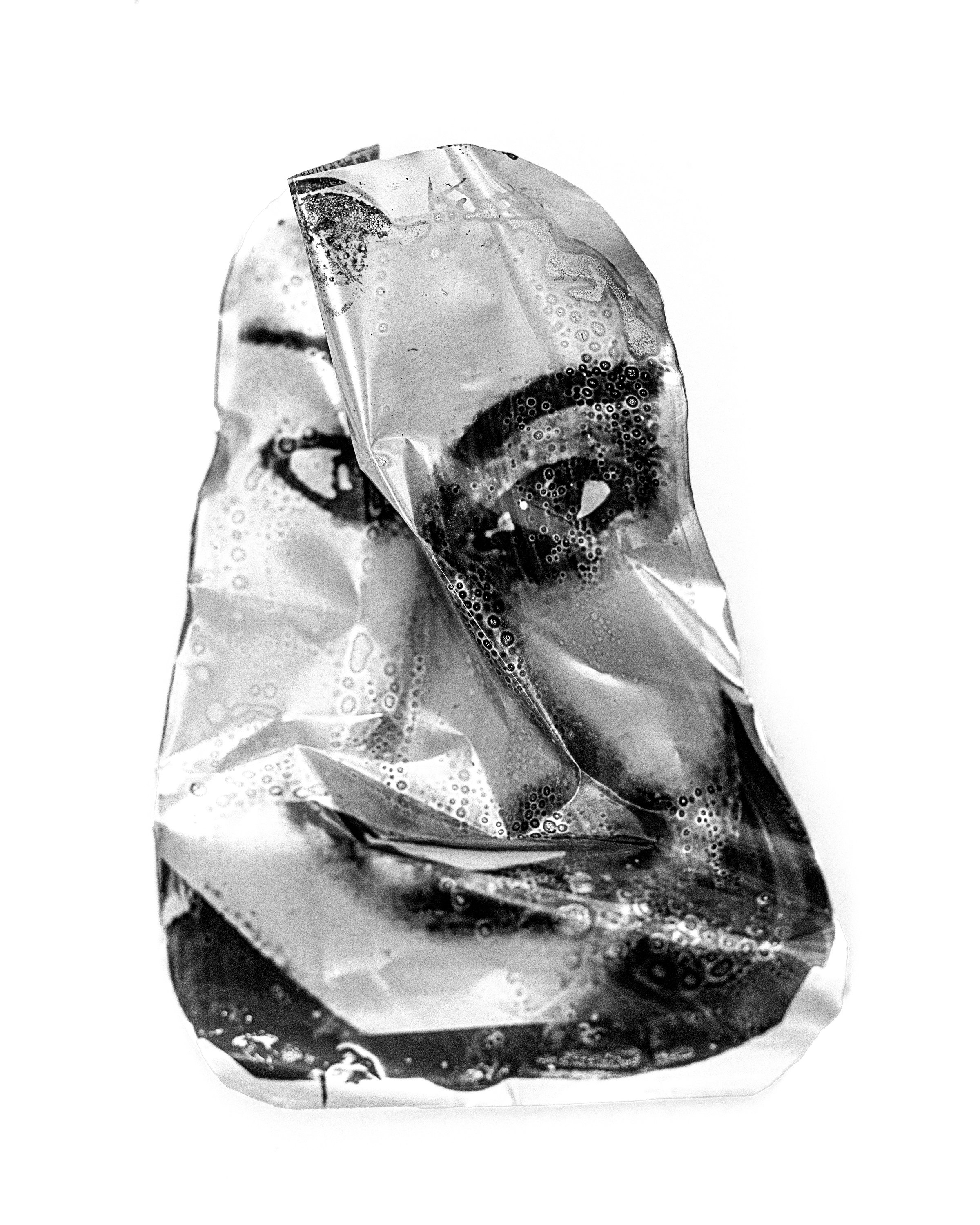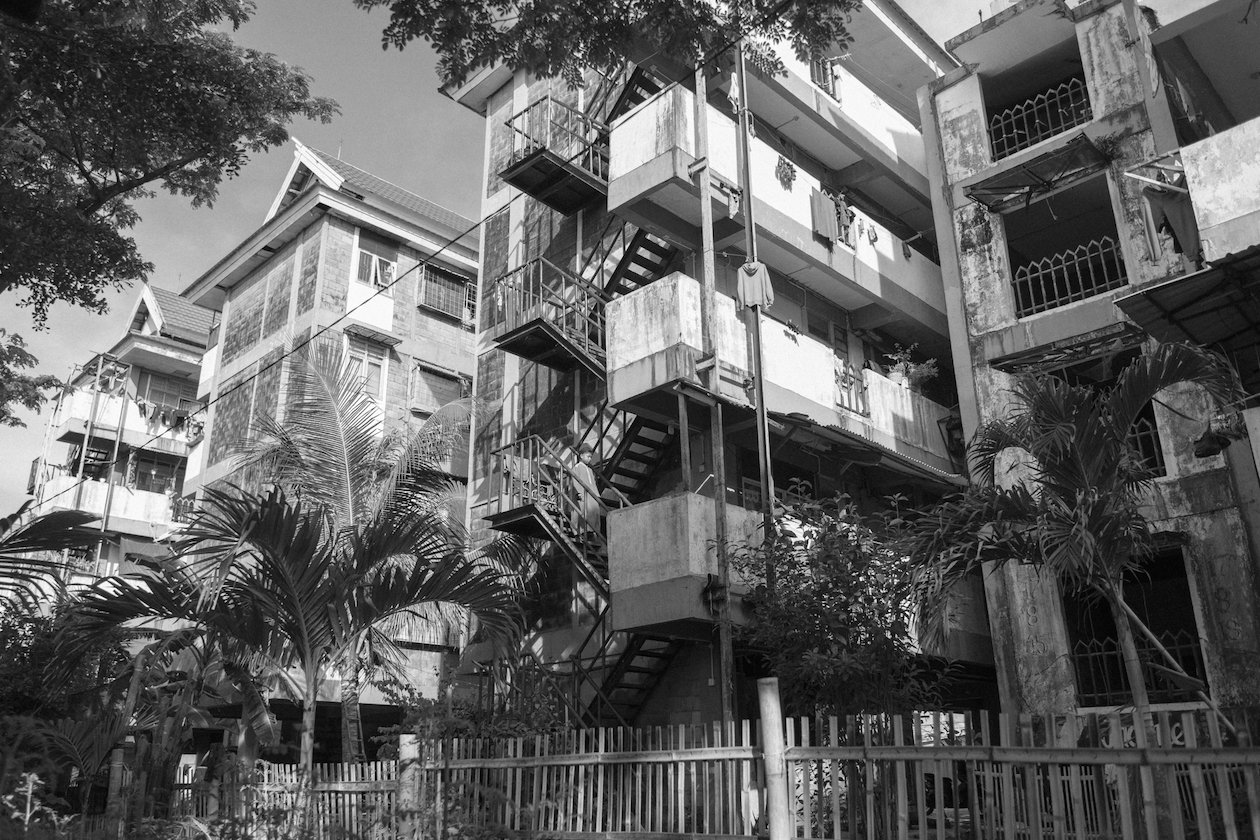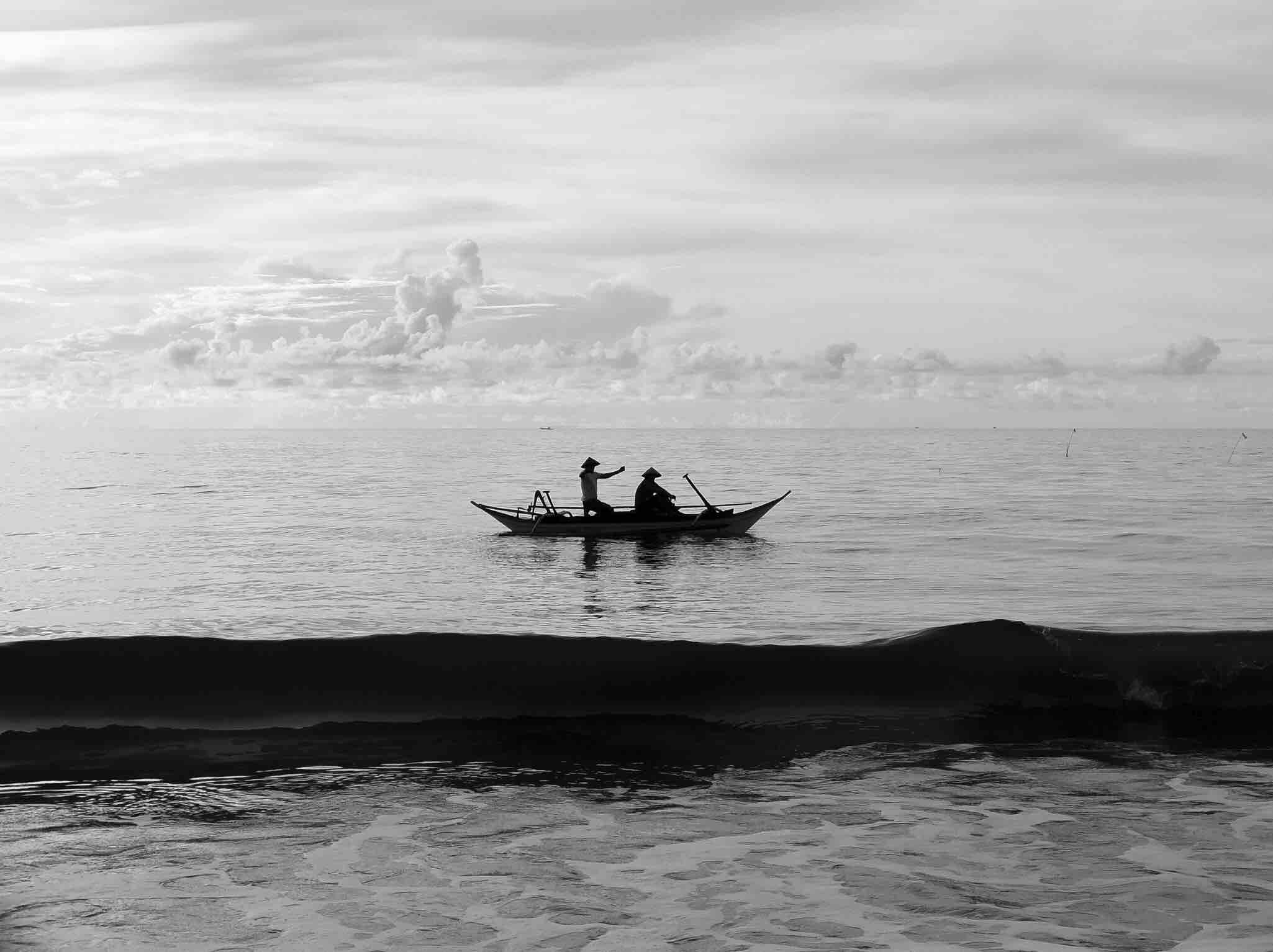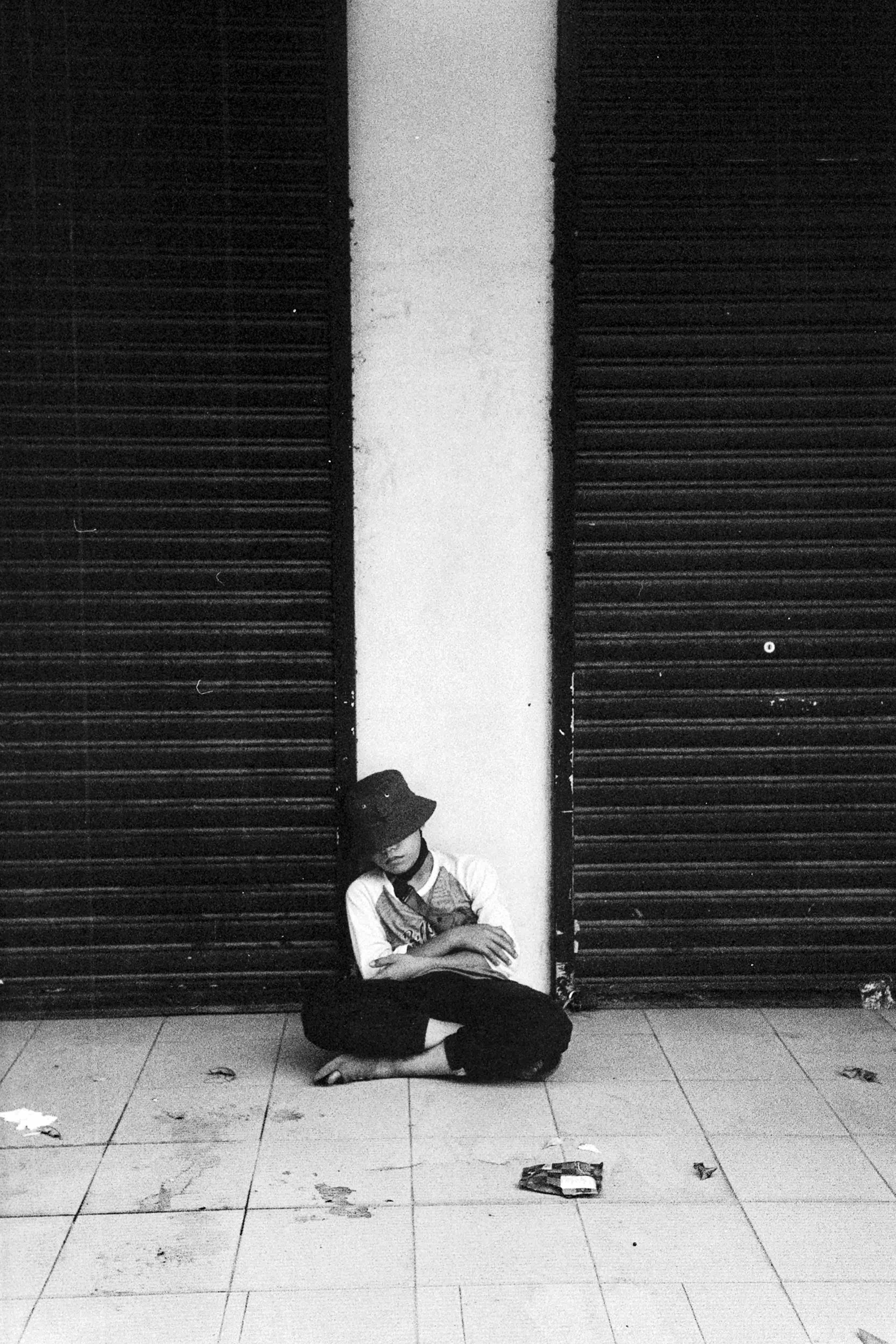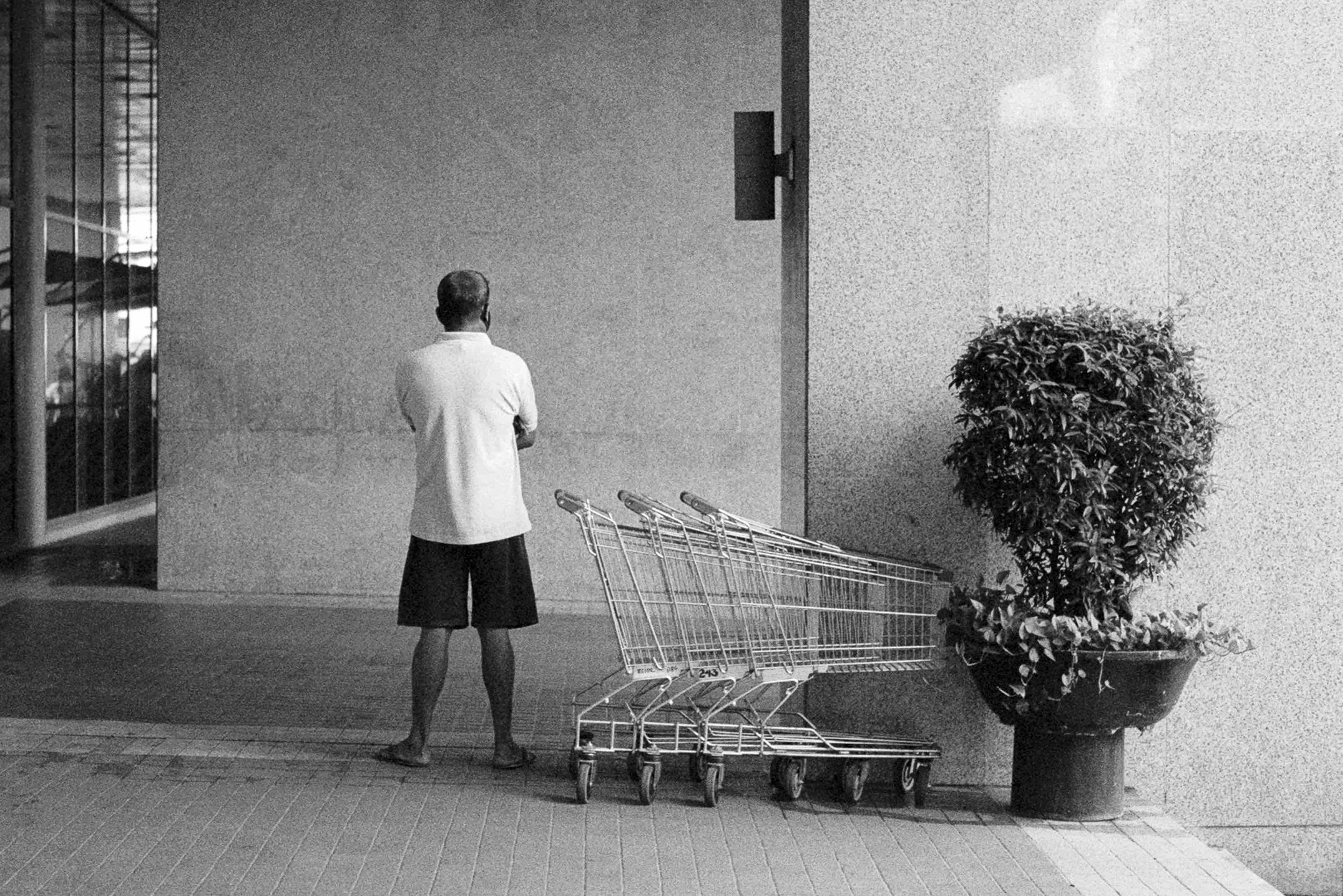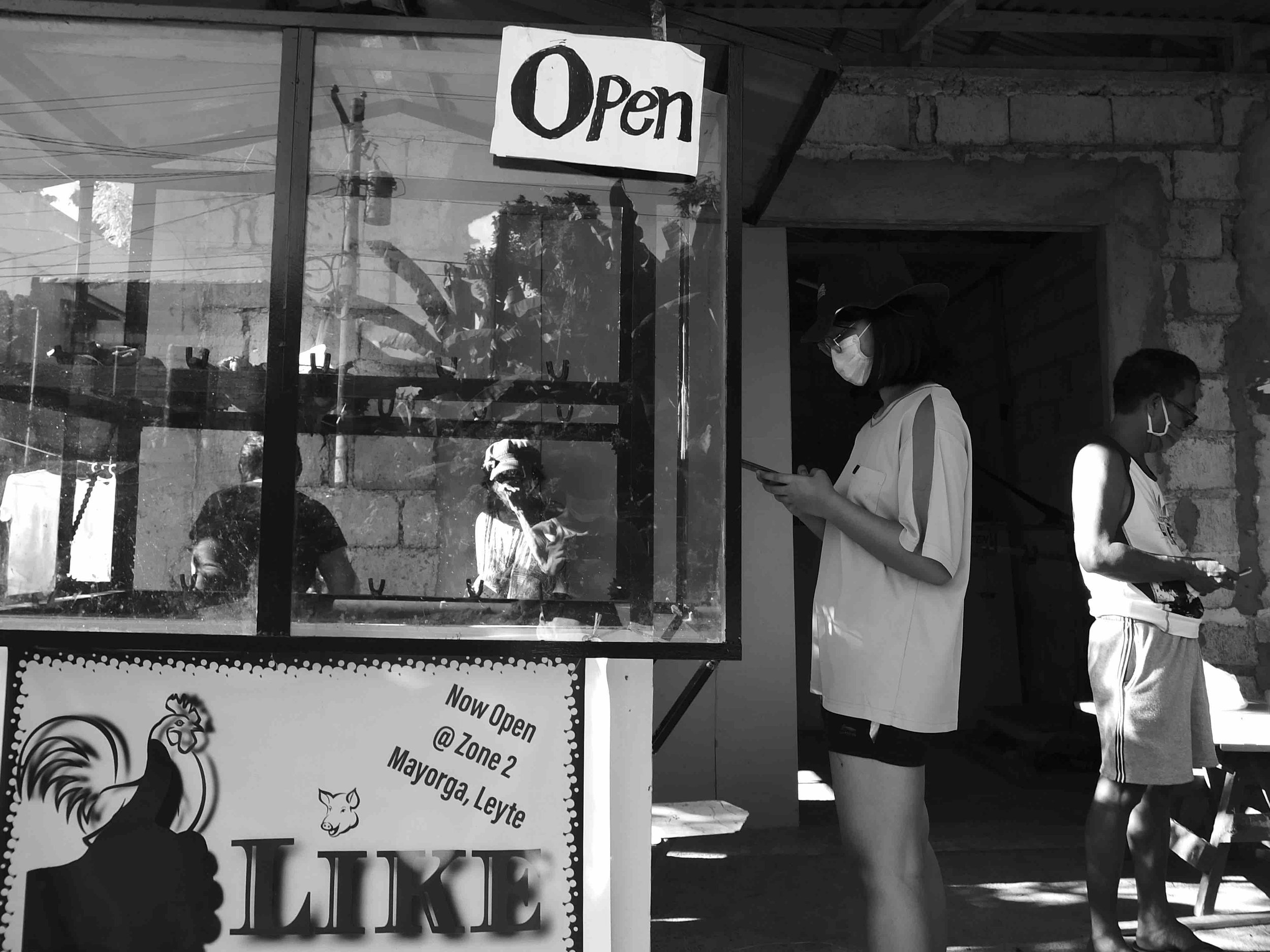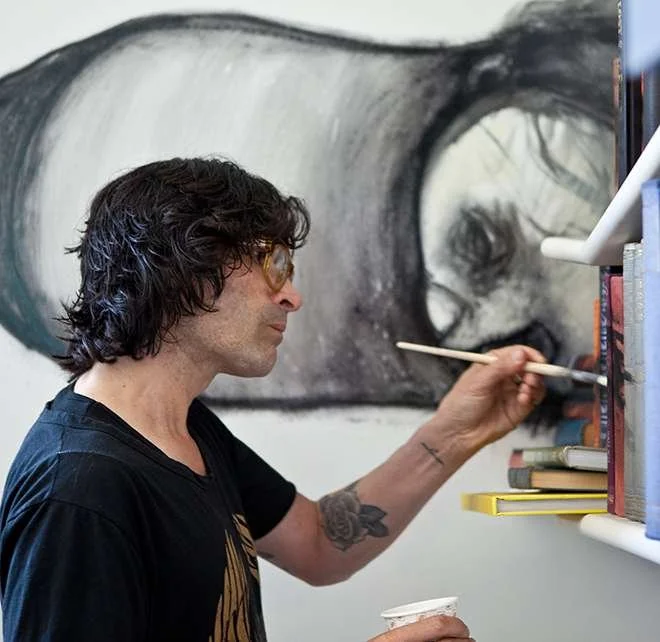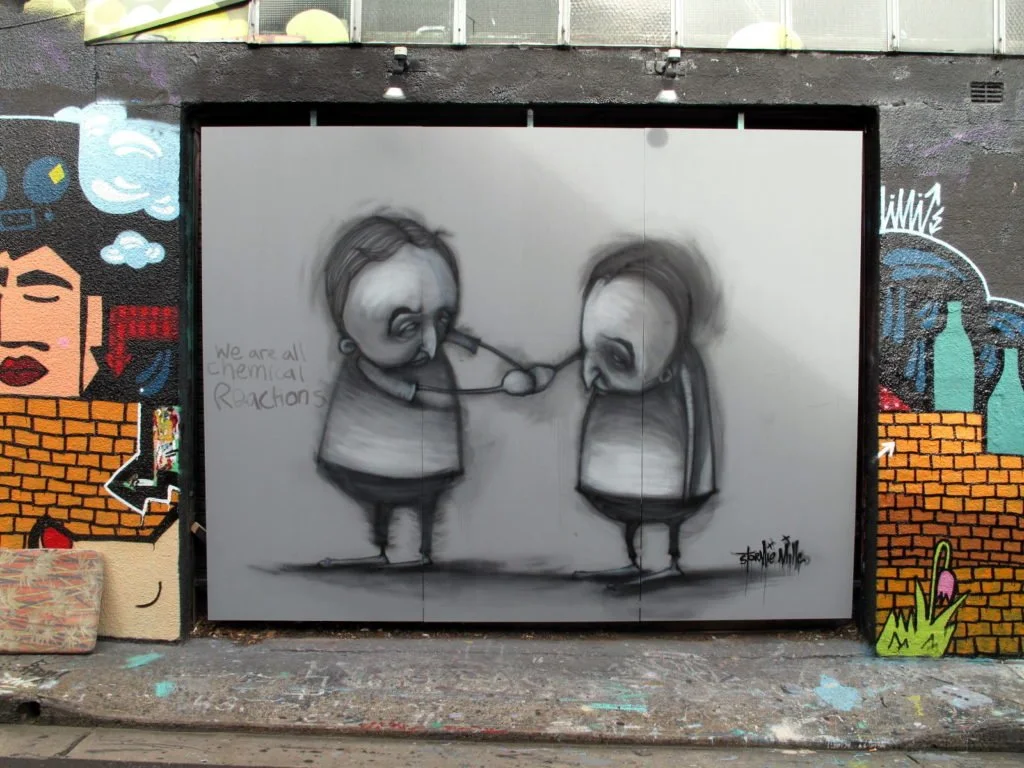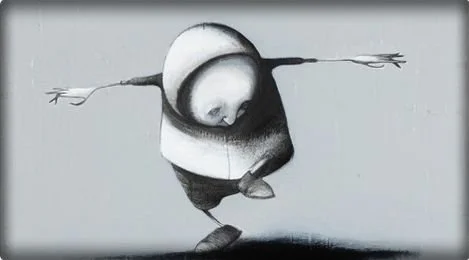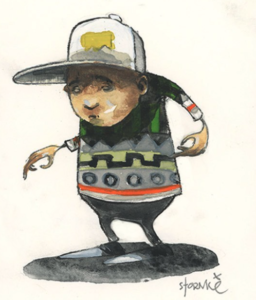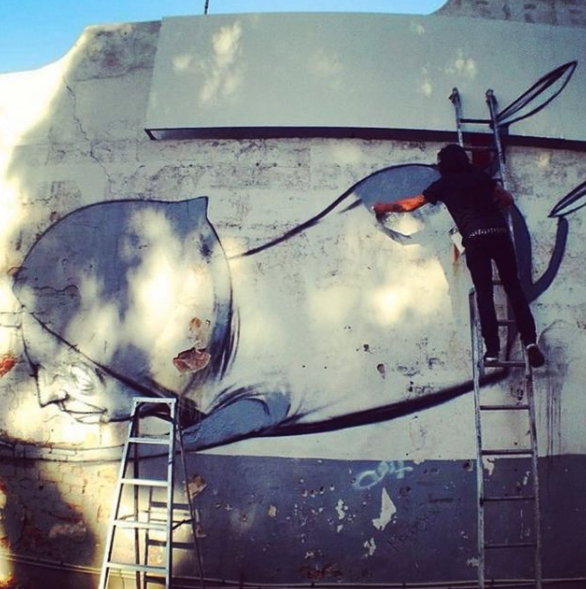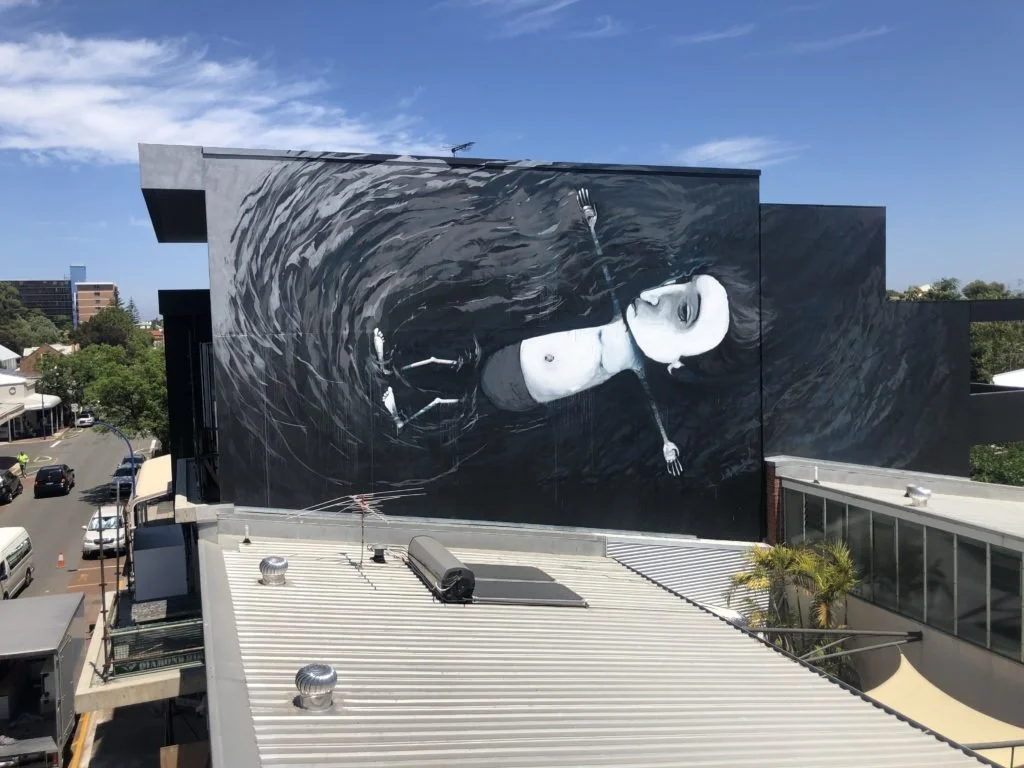Last month, whilst still buzzing with excitement from the Norwich Print Party, we embarked on another regional artistic adventure. We set our sights on the Capital Culture Gallery. This diverse art gallery, nestled in the village of Coltishall, showcases the works of talented photographers, painters, printmakers, and sculptors.
It was a Sunday mid-morning, but James Sparshatt, photographer and gallery co-founder, who we’d only met a few weeks prior, was kinda enough to let us in and make us a cup of tea!
‘Graciela, an icon of old Havana. This photograph was taken in 2001 on one of my first visits to the island. Rachael’s interpretations bring alive her spirit.’💫
James Sparshatt
For a bit of backstory, our introduction to the Capital Culture Gallery began at the Affordable Art Fair in London, where we had the pleasure of meeting two great artists and photographers; Barry Cawston and James Sparshatt. Little did we know that this encounter would lead us to the depths of rural Norfolk and the doorstep of Capital Culture.
The gallery space, formerly located in Covent Garden, London, found its new home in the idyllic countryside of Norfolk a decade ago. The relocation seemed to breathe new life into the space, as it perfectly complemented the essence of the artworks showcased within its walls.
A Multifaceted Collection
One of the most striking aspects of the Capital Culture Gallery is the diverse range of artistic mediums represented. You’ve got the visual feast of photographs and paintings that transport us around the world. There are sculptures that mesmerized with their gestures, movements, and forms.
Swami II is an elegant figurative bronze sculpture by Nando Kallweit.
Nando carves the marque for the body from a piece of oak using a small chainsaw. The marque is then used to make the cavity for a sand and clay cast bronze. The figure therefore retains the cut marks and wood grain of the original carving and gives it a very organic feel.
Discovering Remarkable Artists
Rachael Dalzell's vibrant paintings seemed to burst with life, capturing the essence of her subjects in a lovely interplay of color and form. John Kenny's photographs, evoke a sense of introspection, inviting viewers to explore the stories behind each moment. Nando Kallweit's sculptures, with their harmonious blend of grace and strength live between that world of art and design.
James Sparshatt, photographer and co-founder of The Capital Culture Gallery.
Mujer de Viñales #II – Neo Aluminium. Aluminum print with neon and iridescent acrylic paint.
Signed by both artists.
The process begins with the production of an aluminum print from James Sparshatt‘s Spirit of Revolution series. This is then re-interpreted by Rachael Dalzell using the vibrancy of acrylic paints and her distinctive technique to bring a new energy and appreciation.
Meeting artists like James who we’d only met recently added an extra layer of connection to the experience. Whether you're a passionate art enthusiast or simply seeking a moment of creative inspiration, this hidden gem in Coltishall is well worth a visit.
Give Capital Culture Gallery a follow here and if you are in the area you can find them in Coltishall, Norfolk, NR12 7AA.










